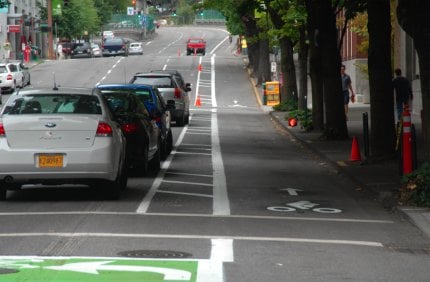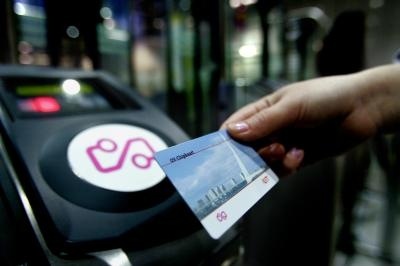So I'm sharing my car on
Getaround . If you're not familiar with Getaround, it's a relatively new carsharing company that enables car owners to rent out their vehicles on an hourly, daily, or weekly basis. An owner sets his price (women aren't allowed), which the renter pays to Getaround, and after taking a commission Getaround pays the owner. Why bother with the middle man, you ask? Because Getaround screens, and more importantly insures, the driver.
It's a pretty innovative concept that fills another niche in the carsharing market. While Zipcar's vehicles are generally high quality and accessible through purely electronic means (no disgusting human interaction required!), it ends up costing more due to membership fees and higher hourly rates than most owners charge on Getaround. Zipcar is also limited by where they can rent parking spaces for their vehicles (which, judging by the map below, doesn't seem to be a huge barrier).
 |
| Zipcar locations in Portland |
 |
| Car2Go's home area in Portland |
Another carsharing service, Car2Go, has a fleet of Smart Cars that are aimed at those who want to make short trips without needing to return the vehicle to its pick-up location. Users pay by the minute and can leave the car anywhere within a large designated area (see map). The rate of $0.35/minute (maxes out at $12.99/hour) makes Car2Go generally more expensive than either Zipcar or Getaround, except when rented for an entire day; at that point, Car2Go actually ends up being cheaper than Zipcar.
Clearly there's a decent market for carsharing, at least in a handful of cities around the U.S. and Western Europe. My question is whether it's really as "green" as it's often promoted to be. In its favor, it shifts the costs of driving to up-front costs, which plenty of evidence (click
here or
here) shows to be effective at reducing driving. It also has the potential to reduce the sheer number of cars in existence if enough people opt to utilize carsharing in favor of car ownership. In fact, my wife and I made the leap to become a one-car family a couple years ago due to the presence of a Uhaul Car Share vehicle nearby.
On the other hand, carsharing enables driving instead of discouraging it. Yes, this is America, and discouraging auto-use is akin to being forced to send a Tribute to the Capitol, but I'm skeptical that long term transportation sustainability (I really hate that word) is possible without actively dis-incentivizing driving.
Conveniently enough, the
Oregon Transportation Research and Education Consortium (OTREC) is currently studying Getaround and its impact on travel behavior. I'll be quite interested to see the outcome and whether I can abandon some of my communistic notions.


































